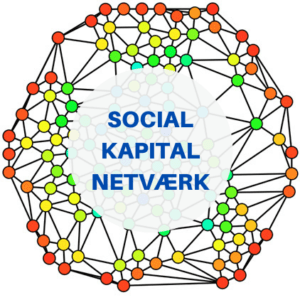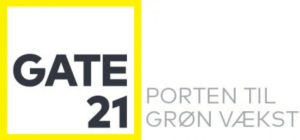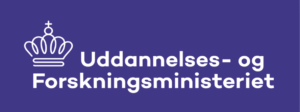
Revitalisation of our Network Group with Zoom, Mural and Excellent Facilitation
We finally got a meeting in the network again – and it was much needed! Throughout the network’s 7-year lifespan, all our
INNOCULTURE is a board game, based on the European Innovation Management Standard. By playing the game, you get an overview of the innovation best practices described in the standard. You work through three game scenarios, where you in each scenario need to discuss what to focus on, based on the information given and the amount of resources you have. Playing INNOCULTURE gives you a solid understanding not only about the various focus areas, but also concrete ideas to what is needed in your organisation to create an innovation management system and culture that works in your organisation. The main focus areas of the INNOCULTURE Game are:
Each of the main headlines constitutes an element in the game, with innovation culture tying it all together:
The game can be played with groups of 4-6 people. In principle, there is no upper limit to the number of people that can play, but a total number of 30 people is typical, i.e. around 6 groups that compete with each other. The game is played in three rounds, through three scenarios of a fictitious company, which constitutes a 10 year period all together. Each scenario represents a typical set of innovation challenges. The players are briefed before each round, and presented with a description of the basic situation, together with three clues (e.g. letters, mails, news articles etc.) that relate to the given scenario. The group is also equipped with a number of chips, which represent the amount of resources available,
The groups task is now to decide which of the 6 focus areas to work with – but there is a catch: Since the number of resources is limited, the group can only pick two of the six focus areas. The choice of focus areas then scopes the resource allocation. In the first round, the players have 6 chips, which they can use in relation to the chosen focus areas.
For illustration purposes assume that a group has decided to concentrate on the focus areas Systems and Projects. This decision has been based on the groups experience, together with their discussion of the scenario description, and the clues related to the scenario. Once they have agreed on the two focus areas, these two focus pieces are turned, allowing to go into more detail on these two areas:
The two focus areas now reveal 10 specific initiatives:
Systems:
Projects:
Since the amount of resources exceeds the number of initiatives, the group has to agree somehow on the optimal resource allocation. Some initiatives will have more leverage than others, depending on the specific scenario, and this is reflected in the points given: A given resource allocation can have three outcomes:
In the next round, you are presented with a new scenario, and clues related to this. You also receive additional chips, and have to decide which two additional focus areas you will work on. The initial two areas are still in play.
In the final round, you choose the two remaining areas by default, and get a third scenario description with associated clues.

We finally got a meeting in the network again – and it was much needed! Throughout the network’s 7-year lifespan, all our

The collaboration with Finn Kollerup was very rewarding for us. He inspired our participants to think about their everyday challenges in a new

Our task was to facilitate an efficient process and collect the results from a high-profile meeting. A special factor was that the schedule